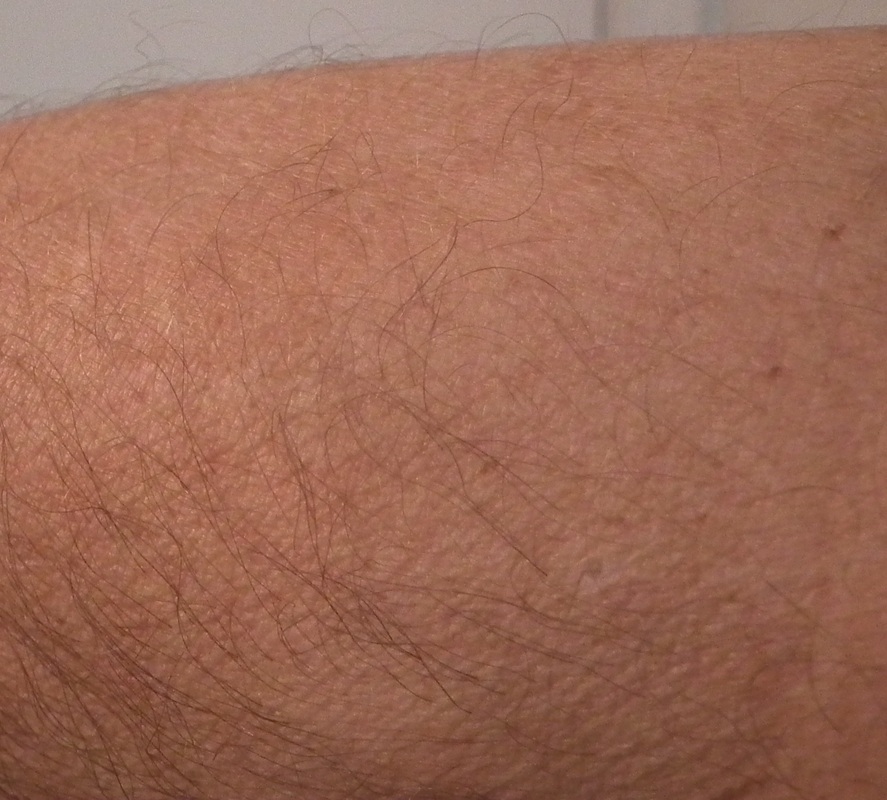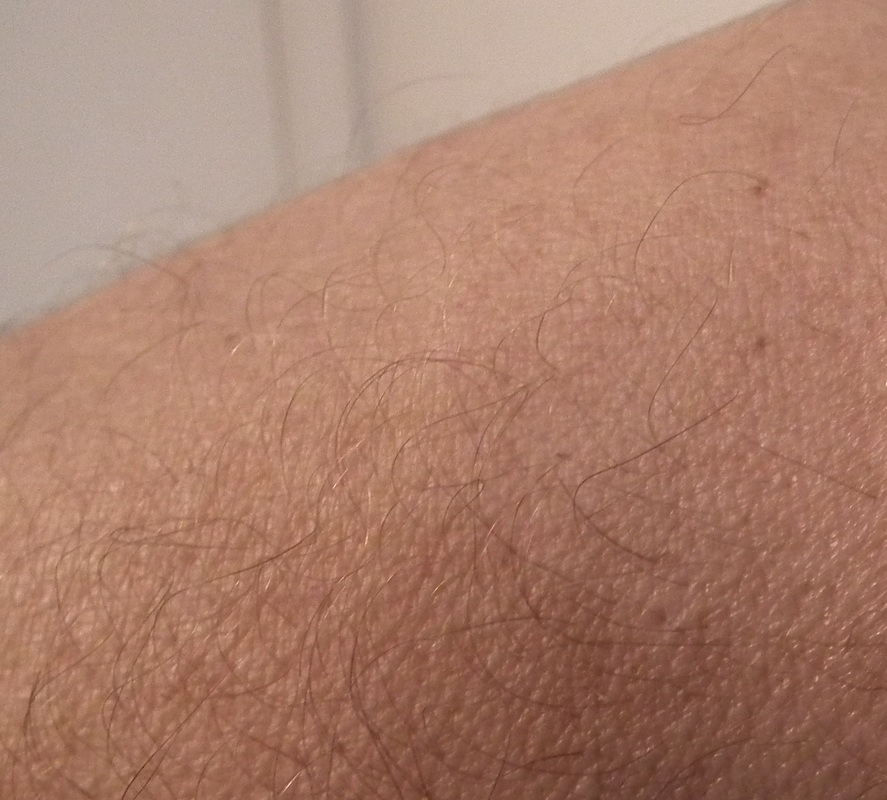Thanks to Stephen Coles of the GRG:
Multivitamin use and telomere length in women1,2,3
Qun Xu, Christine G Parks, Lisa A DeRoo, Richard M Cawthon, Dale P Sandler and Honglei Chen
1 From the Epidemiology Branch, National Institute for Environmental Health Sciences, National Institutes of Health, Research Triangle Park, NC (QX, CGP, LAD, DPS, and HC), and the Department of Human Genetics, University of Utah, Salt Lake City, UT (RMC).
2 Supported by the Intramural Research Program of the NIH, National Institute of Environmental Health Sciences (Z01ES044005 AND Z01ES101986), and the Department of Defense Breast Cancer Research Concept Award (BC045286).
3 Address reprint requests and correspondence to H Chen, Epidemiology Branch, National Institute of Environmental Health Sciences, 111 TW Alexander Drive, PO Box 12233, Mail drop A3-05, Research Triangle Park, NC 27709. E-mail chenh2@niehs.nih.gov.
ABSTRACT
Background: Telomere length may be a marker of biological aging. Multivitamin supplements represent a major source of micronutrients, which may affect telomere length by modulating oxidative stress and chronic inflammation.
Objective: The objective was to examine whether multivitamin use is associated with longer telomeres in women.
Design: Cross-sectional analysis of data from 586 early participants (age 35–74 y) in the Sister Study. Multivitamin use and nutrient intakes were assessed with a 146-item food-frequency questionnaire, and relative telomere length of leukocyte DNA was measured by quantitative polymerase chain reaction.
Results: After age and other potential confounders were adjusted for, multivitamin use was associated with longer telomeres. Compared with nonusers, the relative telomere length of leukocyte DNA was on average 5.1% longer among daily multivitamin users (P for trend = 0.002). In the analysis of micronutrients, higher intakes of vitamins C and E from foods were each associated with longer telomeres, even after adjustment for multivitamin use. Furthermore, intakes of both nutrients were associated with telomere length among women who did not take multivitamins.
Conclusion: This study provides the first epidemiologic evidence that multivitamin use is associated with longer telomere length among women.
Received for publication September 18, 2008. Accepted for publication February 8, 2009.
Oh, snap. Let the arguments begin anew.
What's that old saying about correlation and causation?
















































